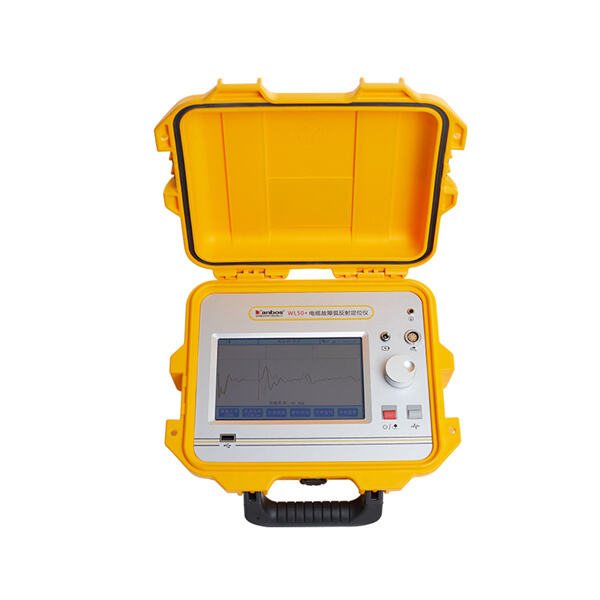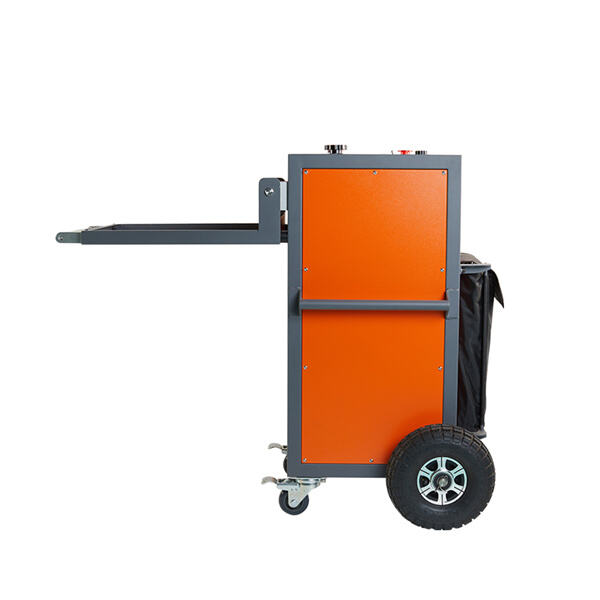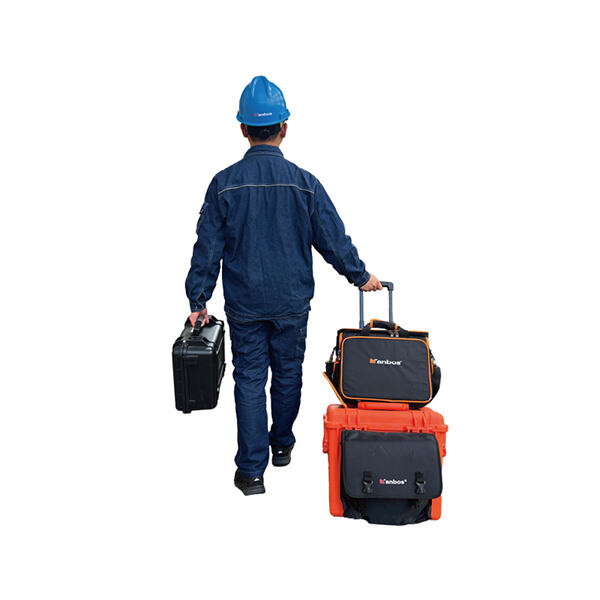 EN
EN
 EN
EN
Există mai multe metode pentru a localiza defecțiunile de cablu, și cea mai potrivită ar trebui selectată în funcție de tipul de cablu și de defect. Una dintre metodele mai comune este Reflectometria în Domeniul Timpului, sau TDR în brevitate. În această metodă, un semnal unic este transmis prin cablu și apoi se determină timpul său de mers în circuit închis. Prin acest procedeu, tehnicienii pot să decidă cât de departe se află defecțiunea de-a lungul cablului.
O tehnică denumită Metoda Curentului Impuls (ICM) este de asemenea utilă în identificarea problemelor de cablu. În această abordare, un curent electric puternic este injectat în cablu. Acest lucru generează un câmp magnetic care poate fi identificat de un senzor specializat. Buletin 3: Din nou, în funcție de felul de probleme de cablu pe care încercați să le localizați, această metodă este especial utilă pentru identificarea unor tipuri specifice de probleme și găsirea traseului lor.
Alta metodă se numește Reflexia Undei Suptu, sau SWRProduse. În această tehnică, ceea ce faceți este să generați o pulsăție de tensiune și să analizați cum se reflectă înapoi. Analizând această reflexie, tehnicienii pot identifica unde se află problema în cablu. Această abordare este eficientă pentru cabluri cu defecțiuni de izolație, dar necesită echipamente speciale pentru implementare.
Unul dintre aspectele cheie pentru localizarea efectivă a defectelor de cablu este economisirea de timp și bani. Te lasă să eviți o călătorie a nevestei după gâscă dacă știi unde se află problema. Acest lucru va economisi timp, precum și ambasador pentru echipamente nefunctionale. În plus,Localizare Defecte de Cablucunoștințele despre locul în care se află problema protejează cablul de a fi avariat în timpul scaverii, dacă este necesar, ceea ce maximizează performanța și crește durata de viață a propriului cablu.

Există mii de motive pentru problemele de cablu. Umiditatea și cablurile se deteriorează după o perioadă lungă de timp, chiar și cu uzurare și obiecte care îl înconjoară. Temperatura poate varia - ceea ce ar putea afecta cablurile; animalele intră, de asemenea, în contact cu acestea,Testare și diagnostic al cablurilorindiferent dacă este un parazit care roșochează firii. Dacă tehnicienii localizează cu precizie defecția, ei pot nu numai să rezolve problema, dar și să diagnozeze și să identifice cauza de bază. Ca urmare, ei pot să ia măsuri preventive împotriva repetării evenimentelor.

Pot să înțeleg cât de problematice pot fi timpurile de inactivitate atât pentru furnizorii de servicii de cablu, cât și pentru clienții lor. În timp ce clienții presupun că serviciul de cablu ar trebui să funcționeze mereu, când acesta nu funcționează, suferința poate fi mare. Timpul de inactivitate se traduce prin pierderi de venituri pentru furnizorii de servicii, iar fiecare minut petrecut în identificarea și rezolvarea problemei duce la pierderea unor sume încă mai mari de bani.

Tanbos angajează personal instruit și experimentat în toate tipurile de probleme legate de cablu. Prin utilizarea ultimelor tehnologii și tehnici pentru a identifica defectele la timp,Identificarea cablurilorei pot minimiza timpul de inactivitate și menține clienții noștri fericiți. Experții noștri sunt cei mai buni în ceea ce privește oferirea unui serviciu de calitate până la umblător, asigurându-se că nu rămâneți fără cablu prea mult timp.